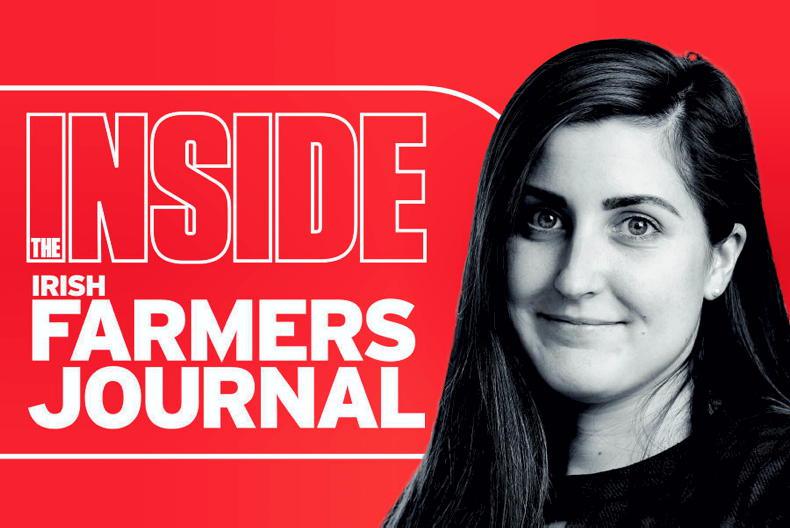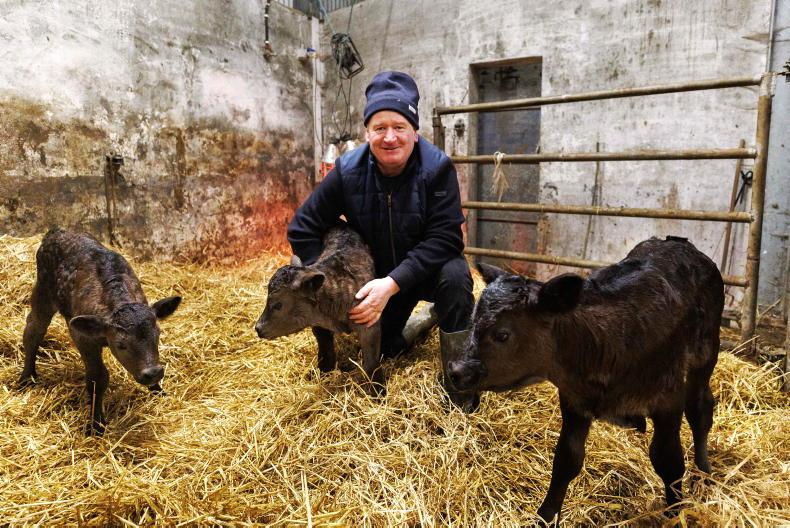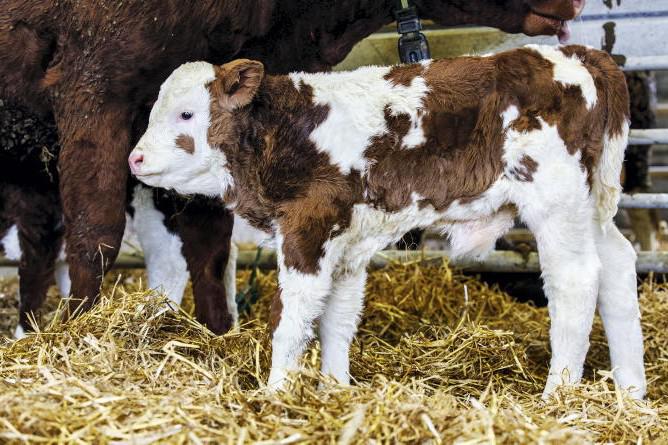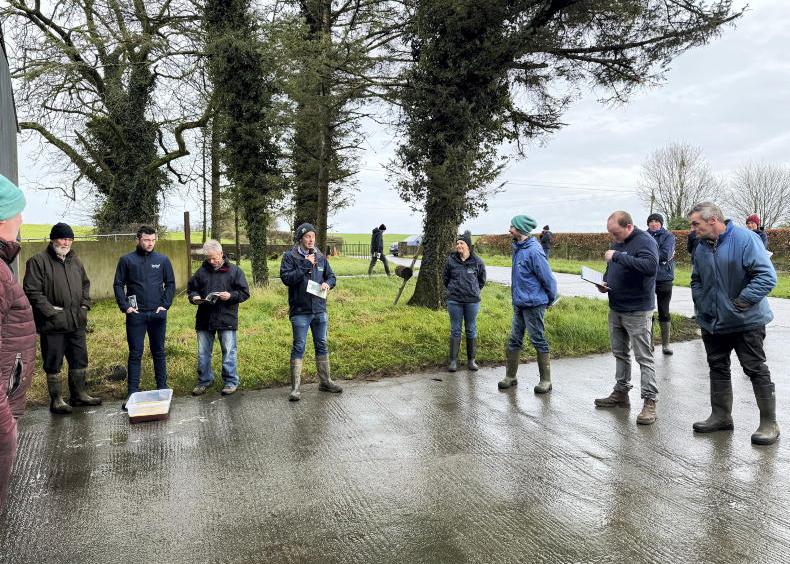The sooner calves get colostrum after birth, the better. Ideally, calves will be up and sucking the cow within one to two hours of being born.
The recommendation is for calves to receive two to three litres of colostrum in that first feed.
But with suckler calves feeding on their own, gauging how much colostrum the animal is getting is impossible.
However, as a rule of thumb, assume the calf is getting one litre of colostrum for every 10 minutes of continuous suckling on a mature cow.
If the calf is sucking a first-calving heifer, increase that time period to between 15 and 20 minutes, as the stresses of calving can result in heifers being slow to release milk.
Therefore, from a farmer perspective, encourage the calf on to its feet regularly until you are happy the animal has had 20 to 30 minutes of feeding within the first few hours of life.
On those occasions when a calf is fed via a stomach tube, it is easier to monitor intake. But, again, the earlier the calf is fed the better.
Reduced absorption
It cannot be overstated how important the timing of the first feed is. Once the calf is around six hours old, its ability to absorb antibodies in colostrum starts to decrease.
By 12 hours old, absorption rates are reduced by around 50%. Once the calf is 24 hours old, it is unable to absorb antibodies in colostrum.
Keep that in mind where cows have received scour vaccines prior to calving. Such vaccines will be ineffective if the calf does not receive adequate colostrum in good time.
Read more
Five tips for using calving aids
10 tips for spring calving management
The sooner calves get colostrum after birth, the better. Ideally, calves will be up and sucking the cow within one to two hours of being born.
The recommendation is for calves to receive two to three litres of colostrum in that first feed.
But with suckler calves feeding on their own, gauging how much colostrum the animal is getting is impossible.
However, as a rule of thumb, assume the calf is getting one litre of colostrum for every 10 minutes of continuous suckling on a mature cow.
If the calf is sucking a first-calving heifer, increase that time period to between 15 and 20 minutes, as the stresses of calving can result in heifers being slow to release milk.
Therefore, from a farmer perspective, encourage the calf on to its feet regularly until you are happy the animal has had 20 to 30 minutes of feeding within the first few hours of life.
On those occasions when a calf is fed via a stomach tube, it is easier to monitor intake. But, again, the earlier the calf is fed the better.
Reduced absorption
It cannot be overstated how important the timing of the first feed is. Once the calf is around six hours old, its ability to absorb antibodies in colostrum starts to decrease.
By 12 hours old, absorption rates are reduced by around 50%. Once the calf is 24 hours old, it is unable to absorb antibodies in colostrum.
Keep that in mind where cows have received scour vaccines prior to calving. Such vaccines will be ineffective if the calf does not receive adequate colostrum in good time.
Read more
Five tips for using calving aids
10 tips for spring calving management









SHARING OPTIONS